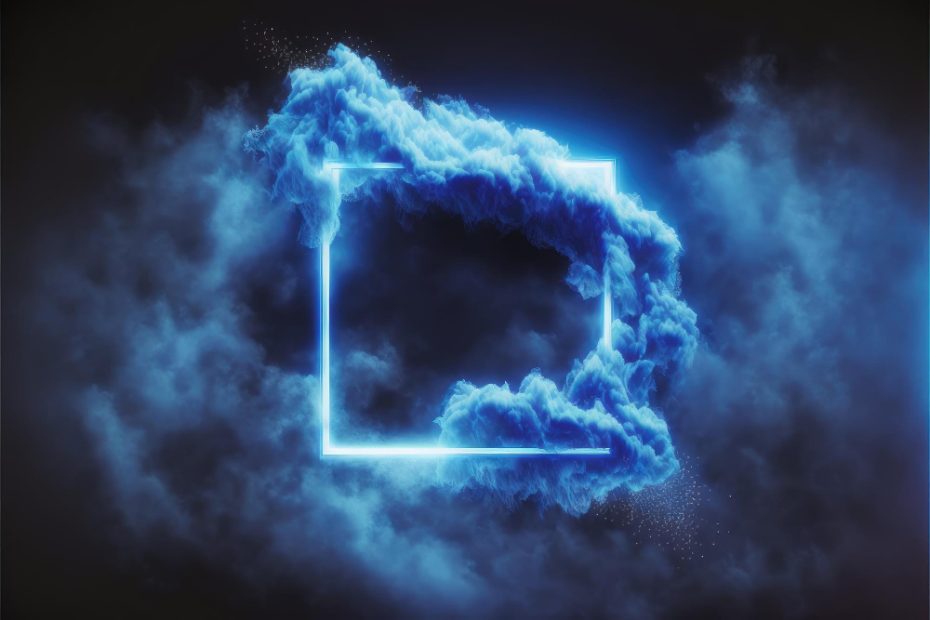Exploring the Symbolism of Dreams
Introduction
Dreams have long intrigued and puzzled humanity, with their mysterious, symbolic nature. Throughout history, people have sought to interpret and understand their dreams, believing that they hold significant meaning and insights into one’s subconscious mind. While there is no universal symbol for dreams, various symbols are commonly associated with different interpretations and can help unravel the enigmatic messages that dreams convey.
The Power of Symbols in Dreams
Symbols play a crucial role in dreams as they provide a visual representation of abstract thoughts, emotions, and experiences. The use of symbols allows the subconscious mind to communicate complex ideas and feelings through images and metaphors. These symbols can be personal, cultural, or archetypal, making dream interpretation a fascinating and deeply subjective endeavor.
Cultural Symbols in Dreams
Cultural symbols are influenced by societal beliefs, traditions, and experiences. For example, in Western culture, a common dream symbol is the “white picket fence”, representing the desire for stability, security, and the American Dream. Similarly, a “red rose” may symbolize love and passion, while a “broken mirror” could signify a fear of self-reflection or a sense of shattered identity.
Cultural symbols can vary across different regions and countries. In the United Kingdom, for instance, a recurring symbol in dreams might be the “Union Jack”, representing patriotism, unity, and national identity. This symbol evokes a sense of pride and allegiance to the country, reflecting the cultural values ingrained in British society.
Personal Symbols in Dreams
In addition to cultural symbols, dreams often incorporate personal symbols that hold significance to the dreamer. Personal symbols can be derived from individual experiences, memories, or even traumas. These symbols may vary greatly from person to person and require a deeper understanding of one’s personal history and associations.
For example, someone who had a traumatic childhood experience in the ocean may find that the sea appears as a recurring symbol in their dreams. The vastness and unpredictability of the ocean may represent fear, vulnerability, or unresolved emotions tied to that past event. Personal symbols can hold immense power and provide valuable insights into one’s subconscious struggles or desires.
Archetypal Symbols in Dreams
Archetypal symbols transcend cultural and personal boundaries, representing universal themes and patterns rooted in the collective unconscious. Swiss psychologist Carl Jung introduced the concept of archetypes, suggesting that these symbols are innate and inherited from our ancestors, shaping our collective human experience.
One archetypal symbol commonly found in dreams is the “wise old man” or the “wise old woman.” These figures personify wisdom, guidance, and the search for knowledge. They often appear in dreams as mentors or advisors, offering insights and lessons to the dreamer.
Another powerful archetypal symbol is the “journey” or the “quest.” Dreams featuring this symbol can represent personal growth, transformation, and the pursuit of self-discovery. The journey may take various forms, such as climbing a mountain, traversing a labyrinth, or embarking on an adventurous expedition. These symbols reflect the universal human desire for exploration, development, and finding purpose in life.
Interpreting Dream Symbols
Dream interpretation is subjective and depends on personal associations, emotions, and individual experiences. While some symbols have widely accepted meanings, it is crucial to consider the context and emotions surrounding the dream to unravel its unique significance.
A helpful approach to interpreting dream symbols is to keep a dream journal. Recording and analyzing your dreams over time can reveal recurring symbols and patterns. By reflecting on these symbols and exploring personal connections, you can develop a more profound understanding of their meaning in your life.
Conclusion
Dreams hold a special place in human consciousness, giving us glimpses into our subconscious minds. While there is no single symbol that universally represents dreams, symbols in dreams provide valuable insights into our emotions, experiences, and desires. Whether rooted in culture, personal history, or archetypal motifs, these symbols offer a rich tapestry of meaning waiting to be explored and understood. Embracing the symbolism of dreams can serve as a gateway to self-discovery, personal growth, and a deeper understanding of our inner selves.
“Dreams are the touchstones of our characters.” – Henry David Thoreau
